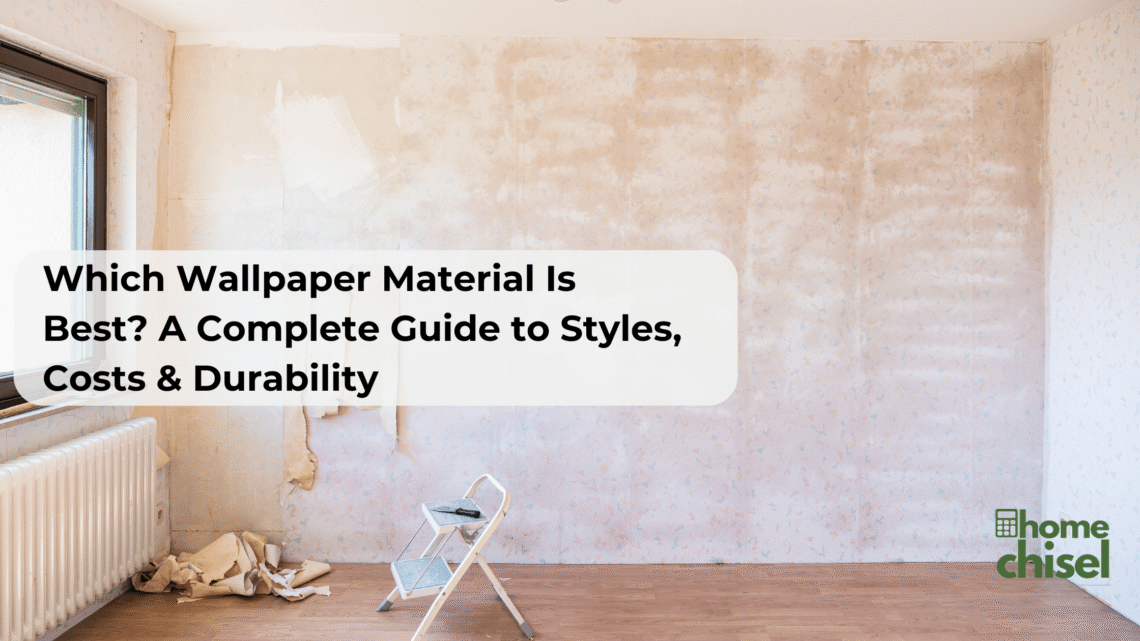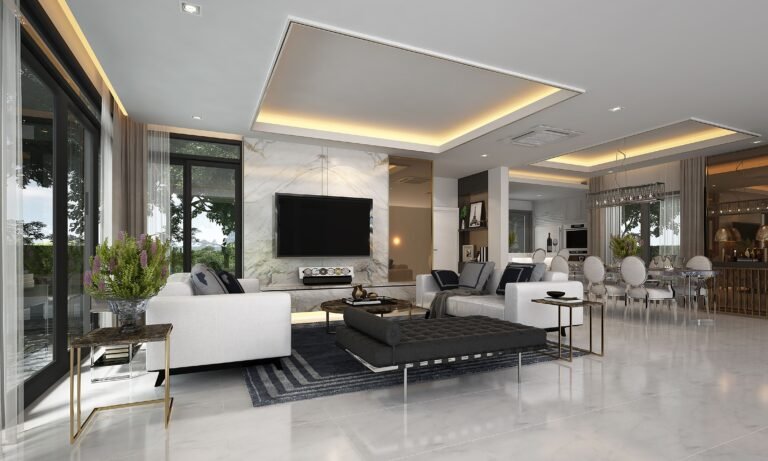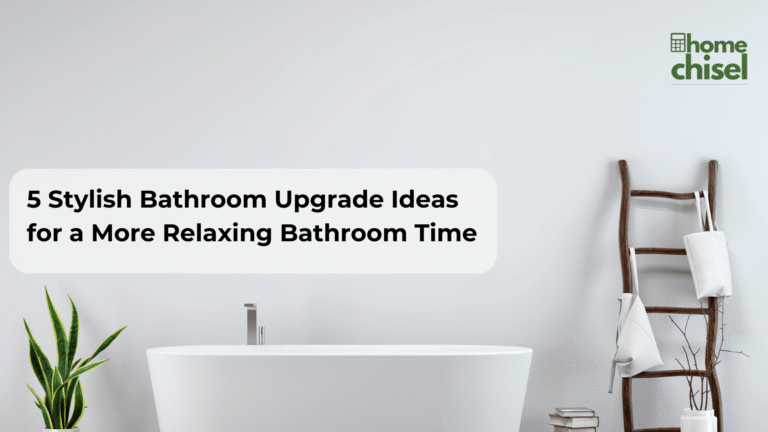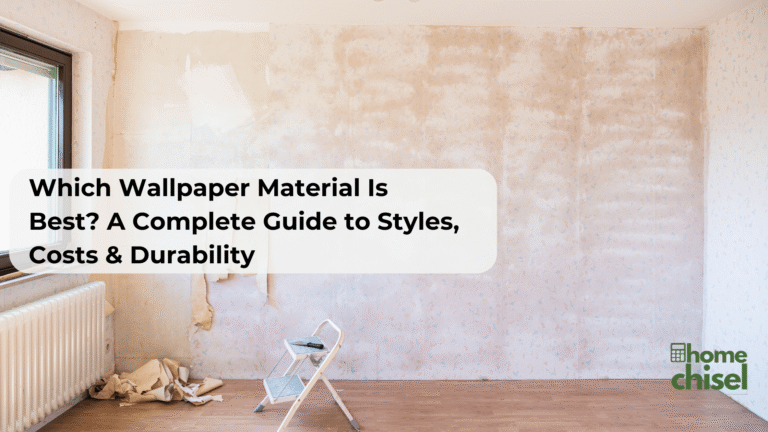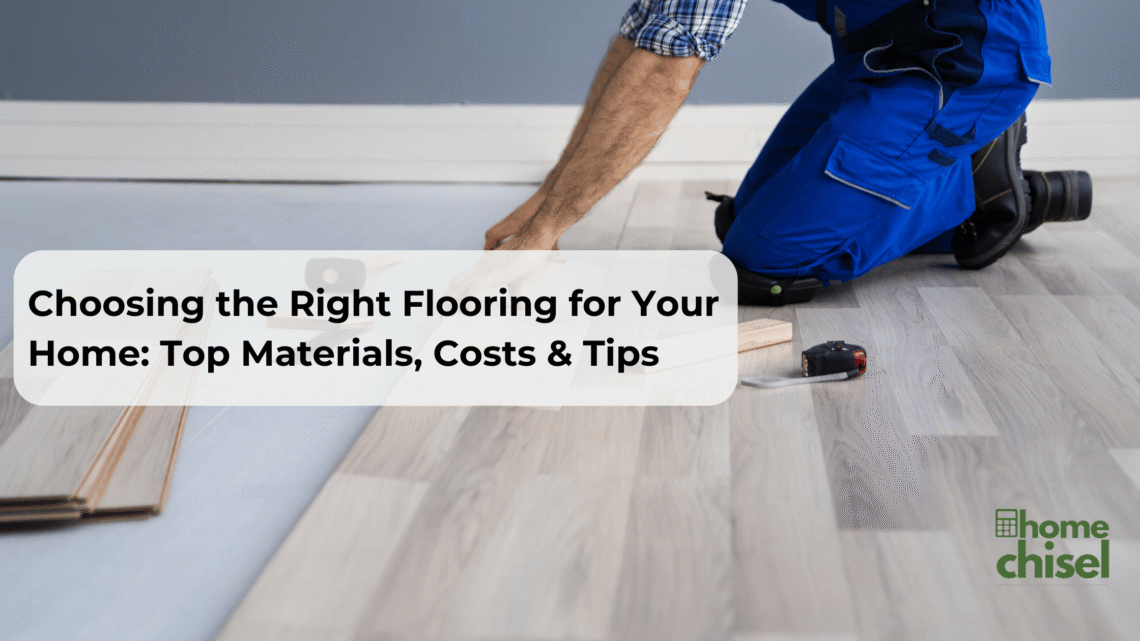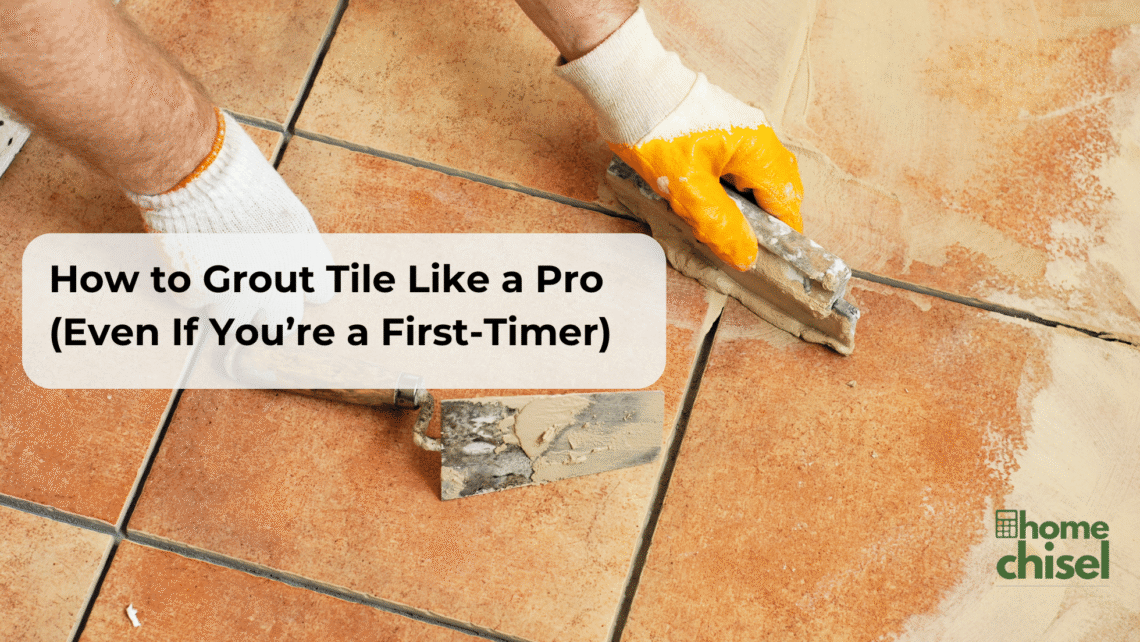If you’ve been asking yourself “which wallpaper material is best?” the short answer is: vinyl wallpaper is the most versatile and durable option, but the right choice depends on your space, budget, and lifestyle.
Wallpaper has become one of the easiest ways to instantly transform a home. Unlike paint, it offers texture, depth, and personality. But choosing wallpaper isn’t just about patterns — the material you select plays a huge role in how long it lasts, how easy it is to clean, and whether it suits your room.
In this comprehensive guide, we’ll explore every major wallpaper material, compare costs, weigh pros and cons, and give you practical tips for picking the best option.
Table of Contents
Why Wallpaper Material Matters
It’s tempting to choose wallpaper based on design alone, but here’s why the material matters just as much:
- Durability: Some wallpapers peel after a year, while others last over a decade.
- Maintenance: Washable materials save time if you have kids or pets.
- Installation: Some types are DIY-friendly, while others need a professional.
- Room Suitability: Kitchens and bathrooms demand moisture-resistant wallpaper, while bedrooms benefit from breathable options.
Simply put, the right material can save you money, time, and frustration.
Common Types of Wallpaper Materials
Below are the most common wallpaper materials you’ll encounter, along with their strengths and weaknesses.
Vinyl Wallpaper
Vinyl is the all-time favorite for homeowners because it’s tough, affordable, and low-maintenance. It’s made with a PVC coating that protects it against moisture and stains.
Pros & Cons of Vinyl Wallpaper
| Pros | Cons |
|---|---|
| Washable and stain-resistant | Can look synthetic if low quality |
| Very durable, lasts years | Not breathable (may trap moisture) |
| Works in humid areas like kitchens & bathrooms | Some cheap versions peel easily |
| Affordable and widely available | Can fade in direct sunlight |
Best for: Kitchens, bathrooms, hallways, and other high-traffic areas.
Non-Woven Wallpaper
Non-woven wallpaper is made from a mix of natural and synthetic fibers. It’s breathable, meaning it prevents mold growth — a big advantage over vinyl.
Pros & Cons of Non-Woven Wallpaper
| Pros | Cons |
|---|---|
| Easy to install (paste-the-wall method) | Pricier than vinyl |
| Tear-resistant, durable | Not ideal for humid bathrooms |
| Washable surface | Limited design depth compared to fabric |
| Removes cleanly without damage | May require lining paper for dark walls |
Best for: Living rooms, bedrooms, and offices.
Fabric Wallpaper
Fabric wallpaper is all about luxury and texture. It’s made from silk, linen, or cotton, offering a rich look you won’t get from synthetic materials.
Pros & Cons of Fabric Wallpaper
| Pros | Cons |
|---|---|
| Elegant, high-end finish | Expensive compared to other types |
| Adds warmth and texture | Absorbs stains easily |
| Long-lasting with proper care | Requires professional installation |
| Unique, luxurious designs | Not washable |
Best for: Accent walls, formal dining rooms, or luxury bedrooms.
Grasscloth Wallpaper
Grasscloth is handcrafted from natural fibers like jute, hemp, or arrowroot. No two rolls are the same, giving walls a unique, organic aesthetic.
Pros & Cons of Grasscloth Wallpaper
| Pros | Cons |
|---|---|
| Eco-friendly and sustainable | Very expensive |
| Beautiful, natural look | Prone to stains and fading |
| Adds texture and depth | Seams are visible |
| Unique patterns (no repeats) | Hard to clean (not washable) |
Best for: Statement walls, nature-inspired interiors, or low-traffic spaces.
Peel & Stick Wallpaper
Peel & stick has grown massively in popularity, especially among renters. It comes with a self-adhesive backing, so no glue is required.
Pros & Cons of Peel & Stick Wallpaper
| Pros | Cons |
|---|---|
| Easy DIY installation | Shorter lifespan than vinyl |
| Affordable and renter-friendly | May bubble if not applied carefully |
| Huge variety of designs online | Not as durable for high-traffic areas |
| Removable without damage | Edges may peel over time |
Best for: Apartments, kids’ rooms, or anyone who loves to redecorate often.
Which Wallpaper Material Is Best for Each Room?
- Living Room: Non-Woven or Fabric for a stylish, breathable finish.
- Bedroom: Non-Woven for easy upkeep or Grasscloth for a natural, cozy vibe.
- Kitchen: Vinyl, thanks to its grease and moisture resistance.
- Bathroom: Vinyl, since it withstands humidity better than any other type.
- Rental Apartment: Peel & Stick, so you can change designs without losing your deposit.
Cost Comparison Table
| Material | Average Price (per roll) | Best Feature | Best Room Use |
|---|---|---|---|
| Vinyl | $20–$60 | Durable, washable | Kitchen, bathroom |
| Non-Woven | $30–$70 | Easy install/remove | Living room, bedroom |
| Fabric | $50–$150 | Luxury texture | Accent wall, formal space |
| Grasscloth | $70–$200 | Natural, eco-friendly | Statement walls |
| Peel & Stick | $15–$40 | Renter-friendly | Apartments, kids’ rooms |
Tips for Choosing the Right Wallpaper Material
- Think about lifestyle needs. Kids and pets? Vinyl is your friend. Renters? Peel & stick is the safest bet.
- Balance function with style. Grasscloth looks amazing, but don’t use it in kitchens where stains are unavoidable.
- Check wall condition. Uneven walls show flaws under thin wallpaper; go for non-woven or textured options.
- Test samples before committing. A small swatch can look very different once it covers an entire wall.
- Don’t forget lighting. Fabric and grasscloth shine in natural light, while vinyl works well in dim hallways.
Final Thoughts
So, which wallpaper material is best? The real answer is: it depends on your priorities.
- Best All-Rounder: Vinyl — durable, affordable, and moisture-resistant.
- Best for Bedrooms: Non-Woven — breathable and easy to remove.
- Best for Luxury: Fabric — timeless elegance, but high-maintenance.
- Best for Natural Aesthetic: Grasscloth — unique and eco-friendly, but costly.
- Best for Renters: Peel & Stick — stylish without commitment.
Before buying, consider your room’s conditions, your lifestyle, and your budget. With the right material, wallpaper can elevate your space for years to come.
👉 Want to know how much wallpaper you’ll need? Try our Wall Finishing Calculator to plan your project with precision.
For a deeper dive into the technical aspects of wallpaper, check out The Spruce’s Wallpaper Material Guide.
